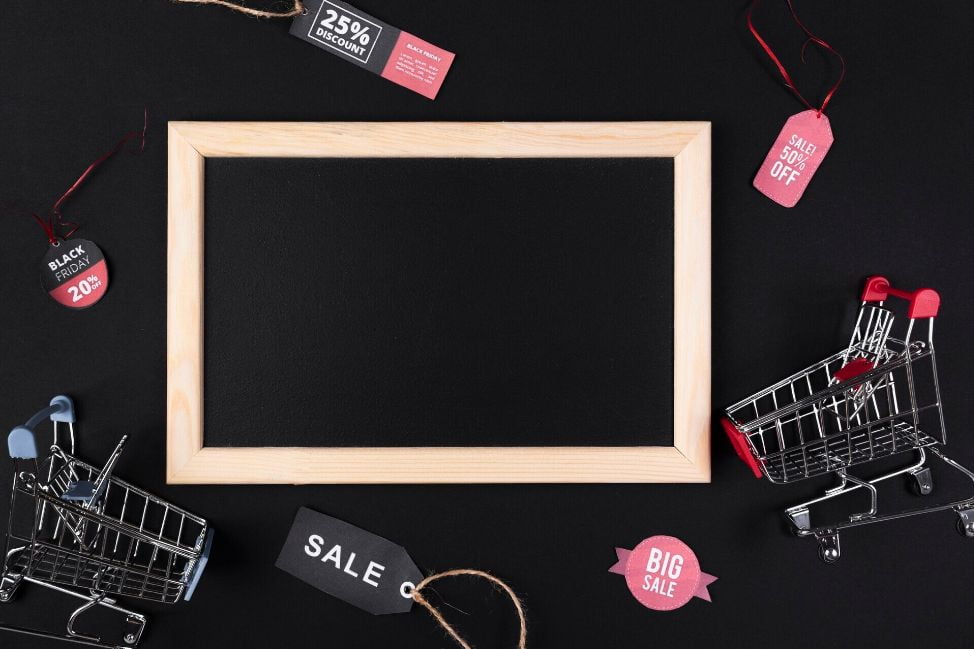For a new BigCommerce store owner, it can be frightening to understand the fulfillment world. Right from when a customer makes an order and when the order is processed, everything is important. You might not have considered how an online order ends at a buyer’s doorstep. It is never a one-way process as it involves different processes.
The fulfillment process won’t be complete without this process, from the routing to the inventory management to choosing the right package for the lowest dimension weight.
The components of the Bigcommerce fulfillment process include receiving the product, inventory, and order processing, shipping, and return processes.
Best practices of BigCommerce Fulfilment
Convenient warehouse location
It doesn’t matter if you are not operating a brick-and-mortar store; you still need a convenient warehouse location for your store, besides the size of your storage space. You fulfill these orders in very important as it will contribute to the speed and costs of delivery.
Since both fast shipping and affordable options are important for customers, optimizing your fulfillment based on the location of your customers would cost-effectively go a long way. For instance, shipping orders to Canadian customers from overseas can take a long time unless the customer is willing to pay for express delivery.
Choose the right fulfillment model
Choosing to determine how to fill orders depends on several factors, including products, order volume, and how you manage the orders. However, there are three methods to choose the right fulfillment mode for your eCommerce store. You can decide to do the in-house order, third-party fulfillment, or dropshipping.
In the in-house order, the merchants complete every order without any third-party logistics provider or drop shipper. The third-party model outsources the packing and shipping to a company because they have run out of space. However, in a dropshipping model, the business owner never holds the item they sell on their website. The manufacture produces, stores, and ship the items once a customer places an order.
Use technology
Another best practice for your BigCommerce fulfillment is technology integration to your store. Software that allows you to integrate with eCommerce platforms and online marketplaces seamlessly can help manger orders through various sales channels without needing manual uploads or entering duplicated data. An automation app can assist you in sorting orders with different characteristics and notified the staff responsible for taking care of them.
With technology, you can send tracking detail to the marketplace or platform and share them with customers. eCommerce businesses must take advantage of technology integration to connect to manufacturing and purchasing activities to provide accurate decisions.
Plan for peak seasons
Every eCommerce business loves peak seasons because it means more sales and revenue. However, for that to happen, you have to plan ahead of these seasons and stock products.
At times, new store owners find it hard to determine the number of products they need during peak seasons. Here, you can use previous peak seasons to determine the number of items to stock. For instance, during the last Black Friday, how many people ordered a particular product? Where did most orders come from? Information like these can help you plan for future peak seasons.








